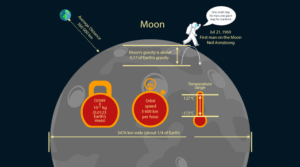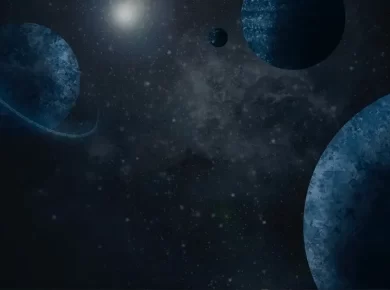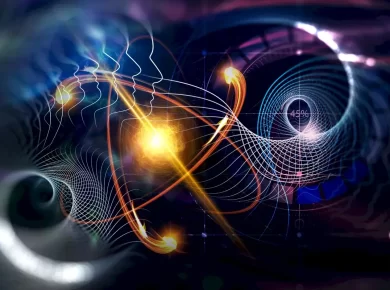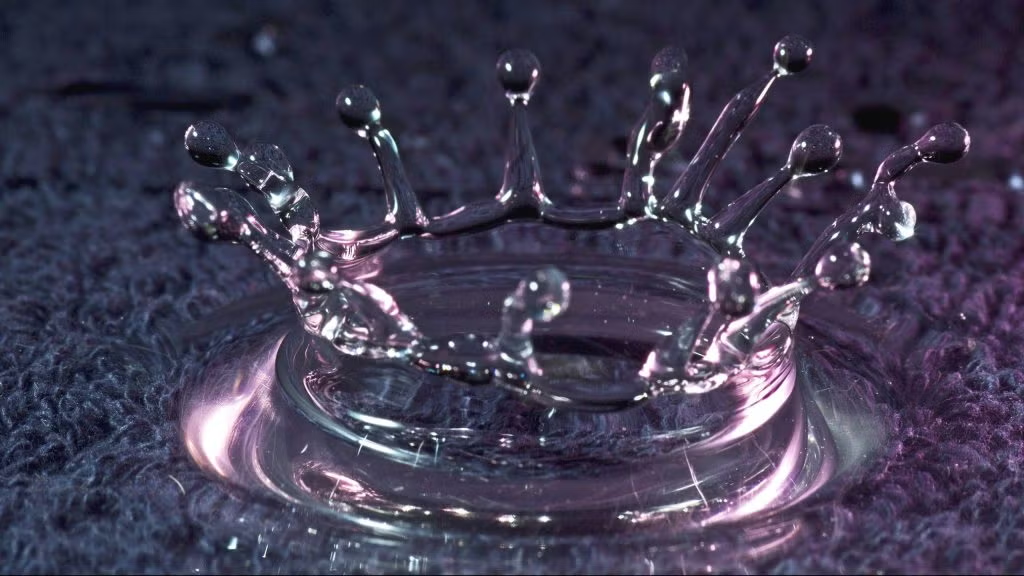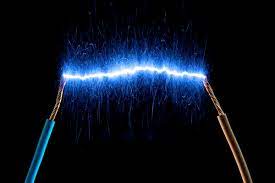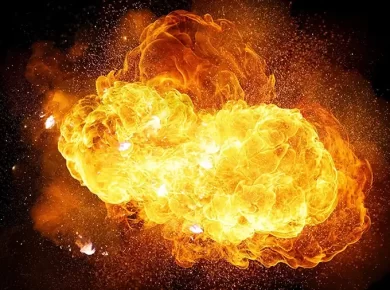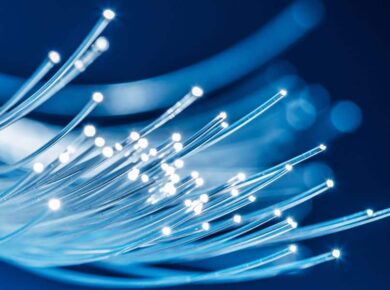Basics of Mechanics
Mechanics is the branch of physics that deals with the study of motion, forces, and their effects on objects. It includes kinematics, dynamics, statics, work, energy, and power, forming the foundation of classical physics
Equations of motion
| V = u + at | S = ut + ½ at2 | v2 – u2 = 2as |
Basic knowledge of Mechanics
- Circular motion > v = (2 (pi) r) / t
- 0 net force & 0 acceleration does not mean 0 velocity
- Centripetal force works towards the center = mv2 / r
- Centrifugal force works wrt revolving body’s frame = Equal & opposite to centripetal force
- Rolling Friction < Sliding friction
- Friction is reduced by : Lubricants (as friction b/w Solid & liquid < b/w Solid & Solid), Ball bearings
F= m * a, Momentum = m * v, Work = F * distance moved in direction of force
Impulse = f * t = Change in momentum = Small contact time will lead to greater force
Power = WD/Time taken, K.E = ½ mv2, P.E = mgh (Unit of KE & PE = Kwh)
1Kwh = 1000 w * 3600 s = 3600 *1000 J = 3600 Kj
- Space rockets use liquid fuel + liquid oxygen (i.e. space rockets use its own oxygen to burn the fuel unlike jet engines which draws it from atmosphere)
Gravitational force = GM1M2 / r2 where G = 6.67 * 10-11 unit
Weight of a body is greater at poles than at equator mainly because of 2 reasons
- Polar radius < Equatorial radius (Hence Greater gravitational force)
- Greater centrifugal force at equator & 0 at poles
Weight of the body wrt Sea level
- Weight of a body is less at higher elevations than at sea level, due to increase in radius
- Weight of the body decreases as we move inside the earth & will be 0 at its centre as now gravitational force will act from all the sides
- Mass of the body will be same everywhere as weight = m * g, hence it is weight that changes
- Weight of a body at moon is 1/6 of that at earth
Artificial Satellites
|
r = Distance from centre to earth |
|
| mv2 / r = mg | mv2 / r = GMm/r2 |
| v = (rg)1/2 | v = (GM/r)1/2 |
- Hence, speed of satellite does not depend on mass of the satellite
- At a particular distance from the earth, all objects would have same speed of revolution
- As v is inversely proportional to (r)1/2, when a satellite moves from higher to lower orbit, its speed will increase
- Velocity of satellite = (6.4 * 106 * 9.8)1/2 ~ 8 km/s, Hence if v < 8 km/s, artificial satellite will fall to earth & if it is > 8 km/s, it will have elliptical orbit rather than a circular one
- Escape velocity > If v > 11.2 km/s, it will escape the earth & would never come back
- Force of gravity (G) is minimum at equator, hence a better place to launch satellites & that too in west direction as earth moves W > E
- It is even easier to launch satellites from space shuttles due to no gravitational force
Geostationary Satellites
- Satellites whose period of rotation is same as earth i.e. 24 hrs
- Appears stationary with respect to earth
- Mainly used for communication & weather forecast
Torque = Force * Perpendicular distance (Perpendicular from the line of action of force)
Center of Gravity = A point inside or outside the body where whole weight of the body is considered to act. For ex. Racing cars are built low with wide wheel base to keep COG as low as possible
For more updates, explore the Physics. Feel free to share your thoughts and comments.
If you’re passionate about building a successful blogging website, check out this helpful guide at Coding Tag – How to Start a Successful Blog. It offers practical steps and expert tips to kickstart your blogging journey!

